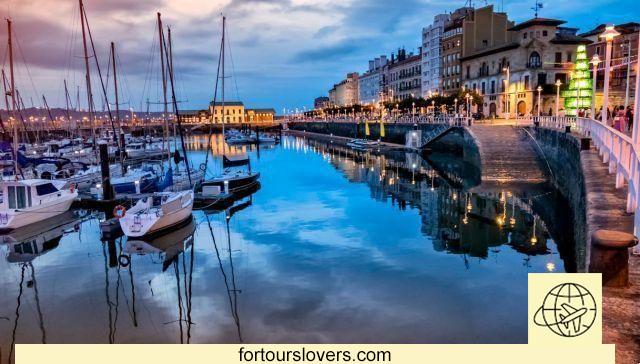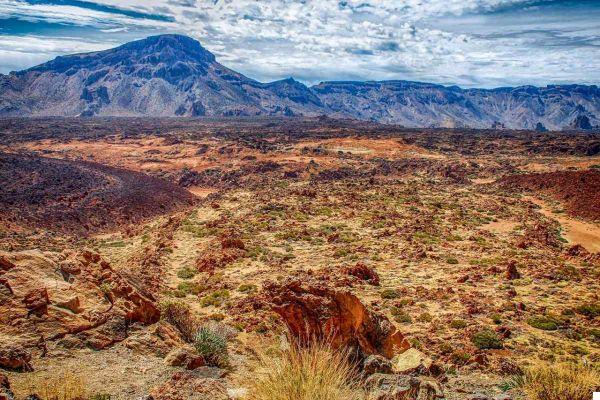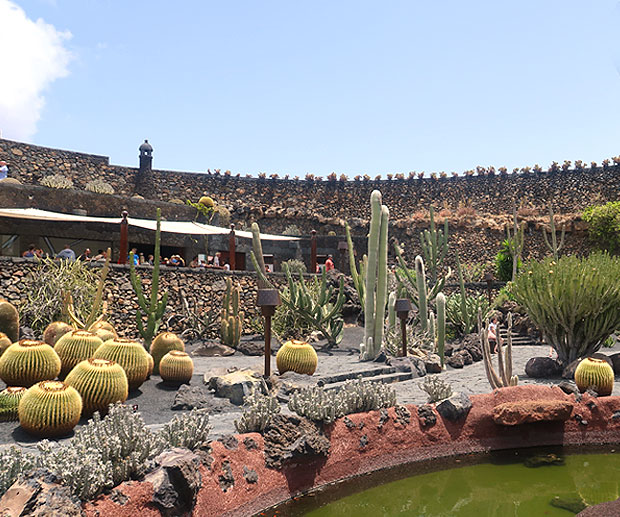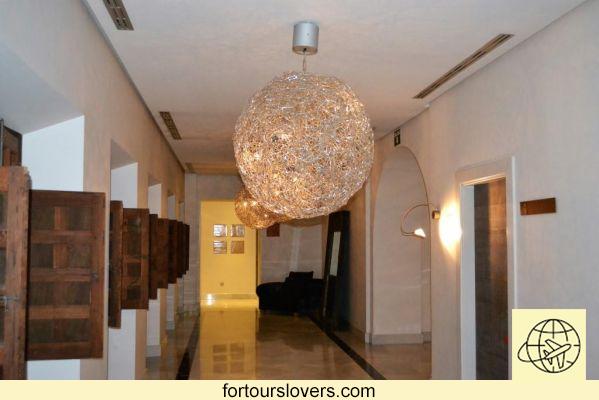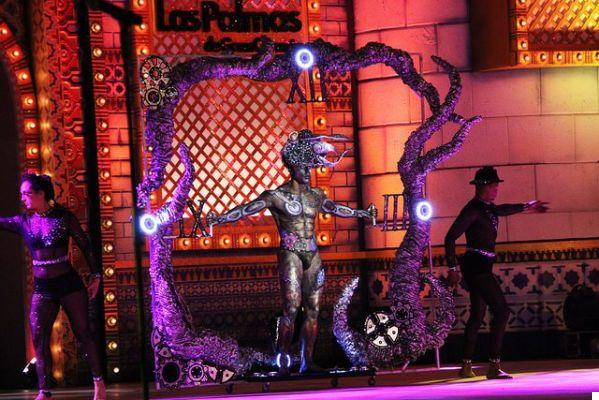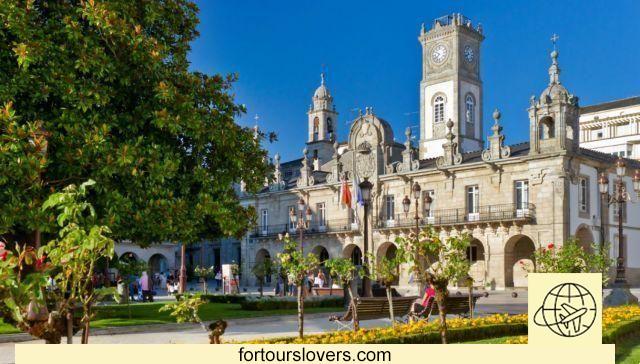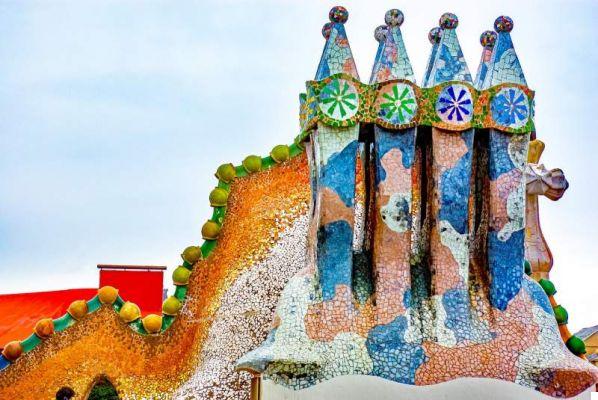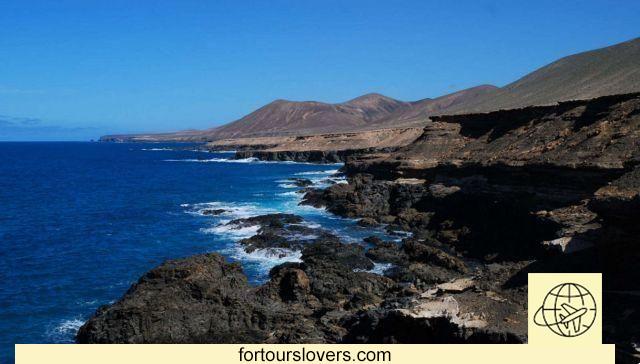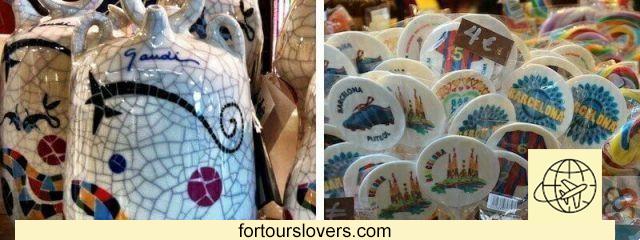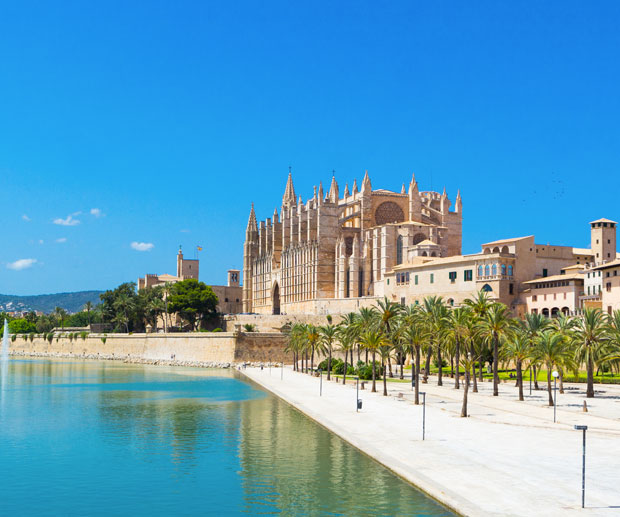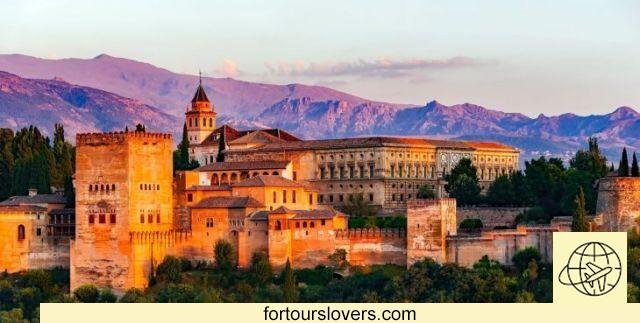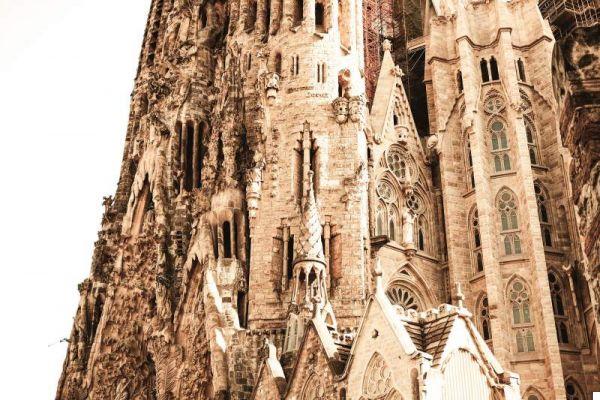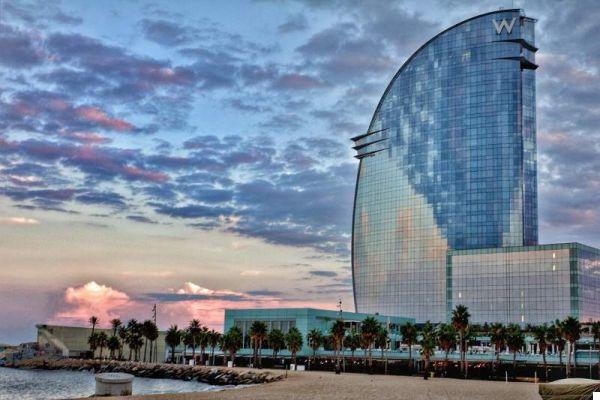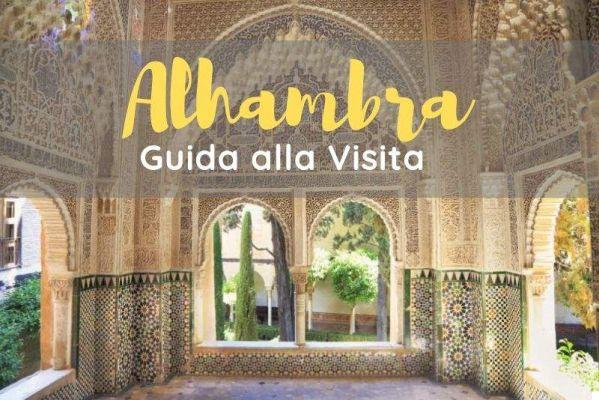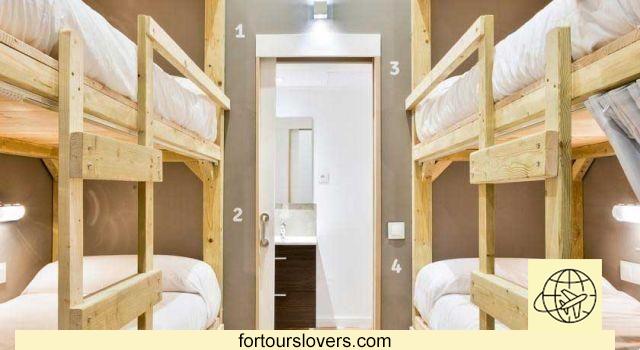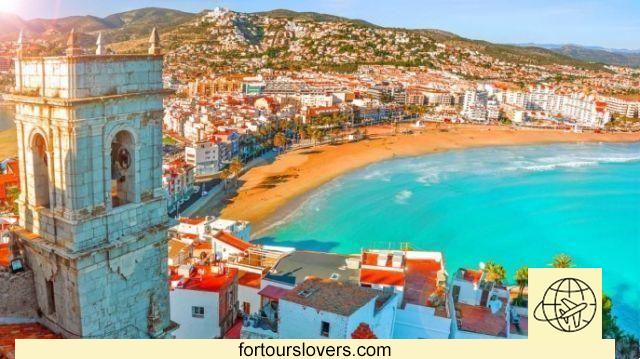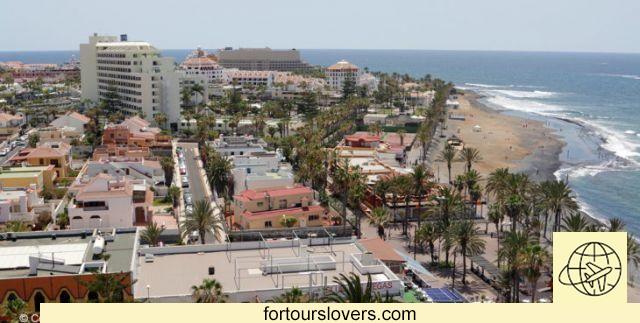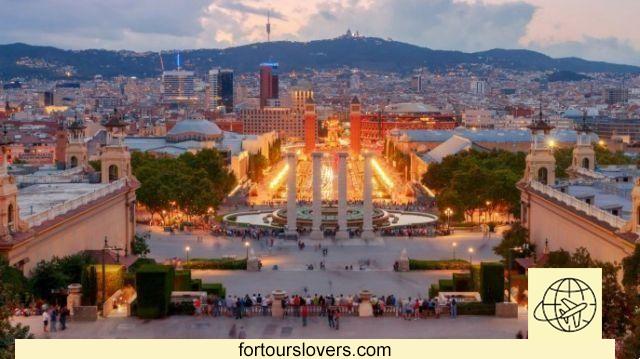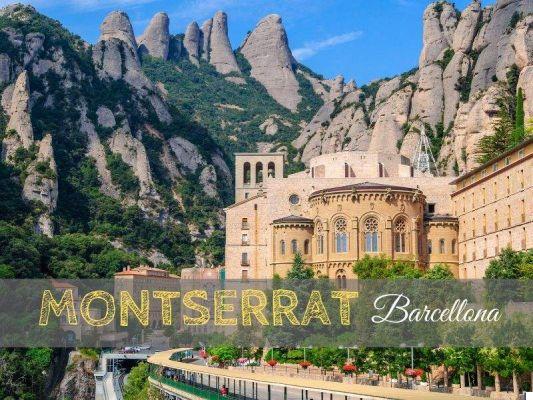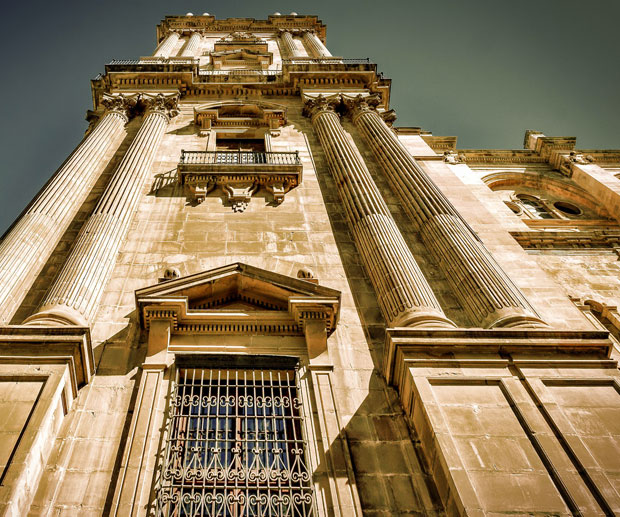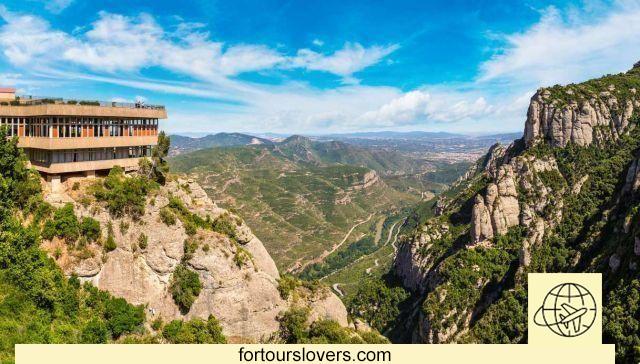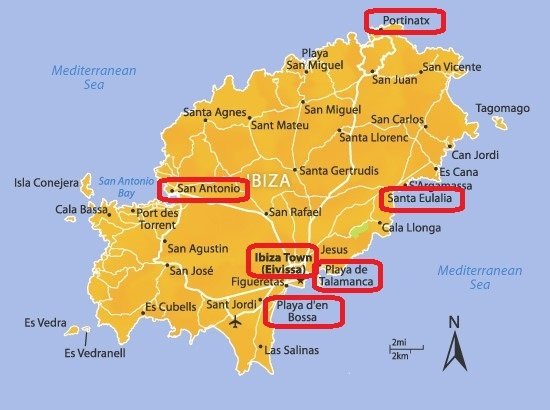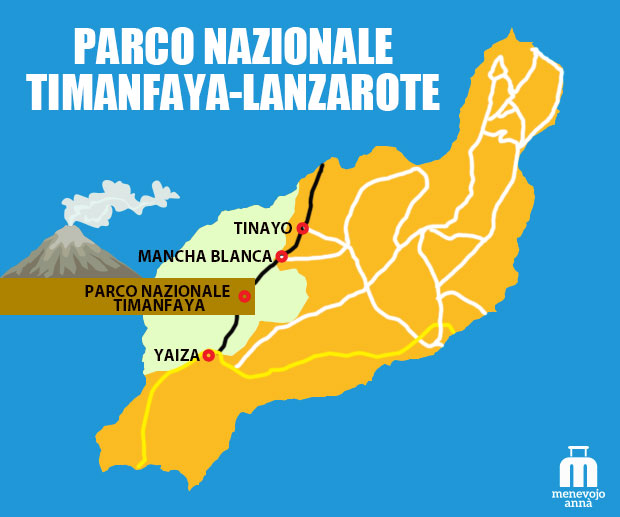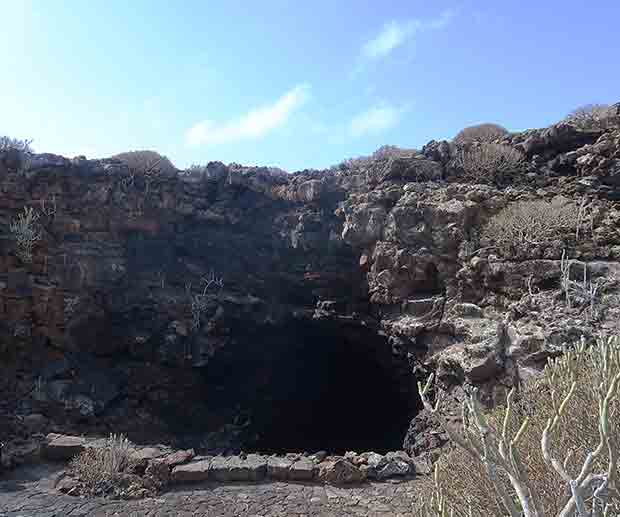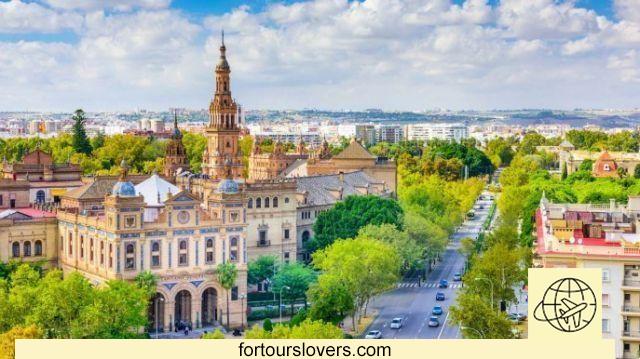
Among the most evocative tourist itineraries in Spain is the Silver Street, 800 kilometers connecting Seville to Gijón.
The Route crosses the westernmost sector of the country from north to south, and extends along an old Roman road whose origin dates back to the end of the Bronze Age, running vertically through Extremadura.
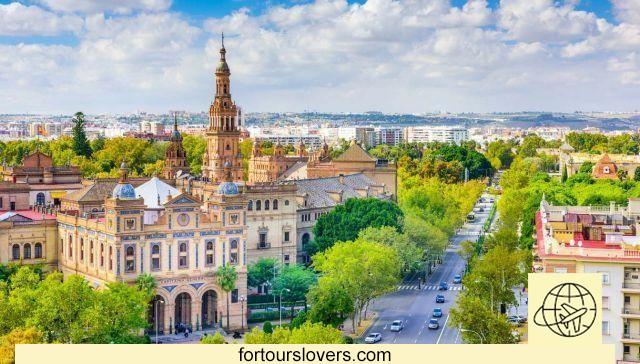
It was designed and built during the Roman occupation to connect the region with the northern lands and with Híspalis (present-day Seville). And, despite the carthaginians had already opened the way to the north for reasons of war, the Romans They strengthened it to promote trade between the different western areas of the peninsula. Then they were The Arabs to baptize her and Christians to give it a spiritual role: it must have been used by the southern lands to visit the tomb of the apostle Santiago.
From the 1st to the 19th century, the Silver Route was the cornerstone on which new routes and roads were built and – during the Middle Ages – it acquired great importance coinciding with the path of transhumance that the Mesta used to transport their flocks.
Here's why it is a phenomenal historical-artistic legacy, both for the art and for the civilizations that arose in its wake: the cities, the temples, the aqueducts, the bridges, the arches, the fortresses, folklore and craftsmanship typical of the area. In short, it is a real journey through time to travel through it. Stopping in extraordinary places.
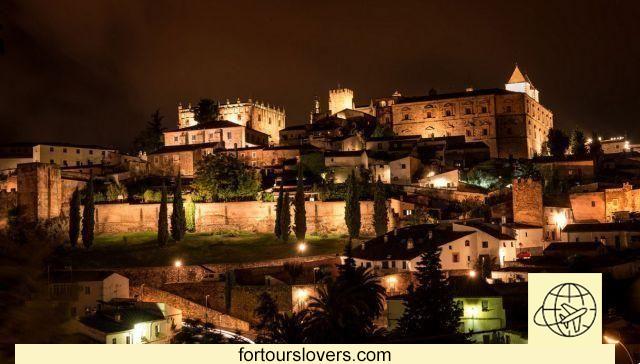
The itinerary starts from Seville and then passes through the ruins of Italica, ancient city of Roman Baetica. Cross Zafra e Almond grove to reach Mérida, nicknamed “Hispanic Rome” for its numerous Roman monuments.
continue towards Caceres, whose ancient city with its walls is declared a world heritage site by UNESCO, and then towards Plasencia, to finally enter the territory of Castilla y León through drink e Salamanca. Continuing north you reach Zamora and, skimming cereal fields and lagoons, touches Benavente and then Astorga e León. campomanes e Pola de Lena They mark the entrance to Asturian lands and are the connection with Oviedo e Gijón, arrival point of this long journey.
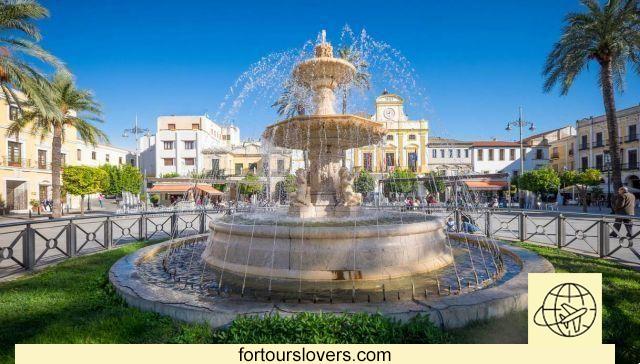
The beauty of the landscapes you cross is an indelible memory. We passed through three Biosphere Reserves and two National Parks: Doñana in Andalusia and to Monfrague to Cáceres.
And between one stage and another, the steps dedicated to good food cannot be forgotten, the strong point of this festivity, where you can taste the excellent fish and seafood of Asturias, but also the roasts of Castile. It is worth trying the Asturian fabada - bean and meat soup -, roast lamb, Iberian ham and gazpacho, authentic gastronomic excellences of the Silver Route.
